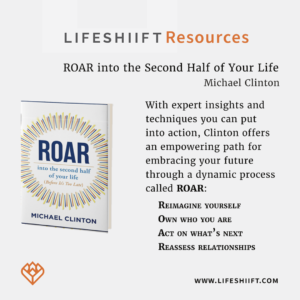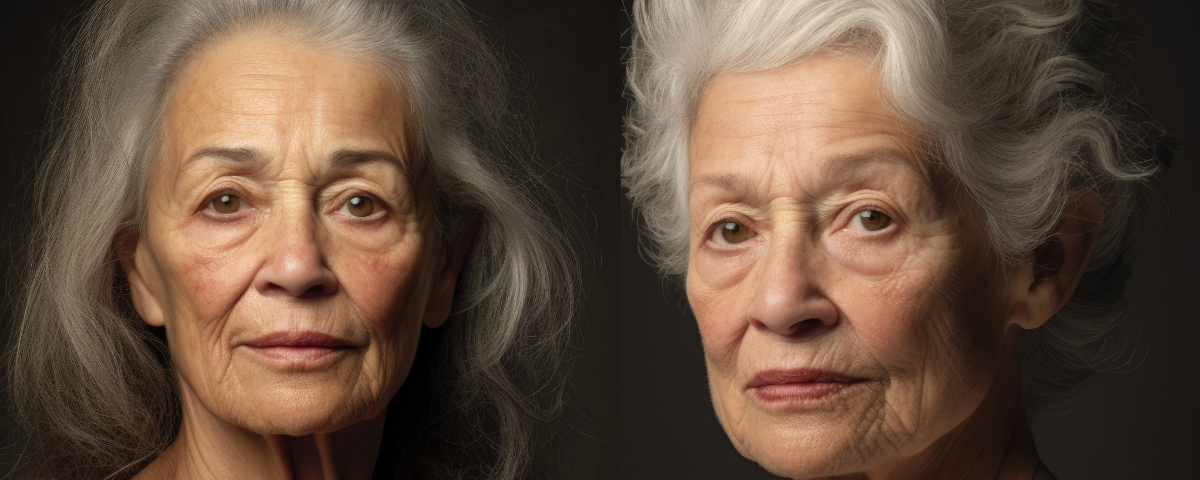We have all seen commercials like this before. There are three women in an empty restaurant, confused and asking, “where is the bacon?”
I wanted to shout, “where’s the representation?” Seriously! That’s how they think older women should look and behave! As an older woman, I was pissed off! This is another offensive commercial!
Age Representation
It’s no secret that ageism is the last big prejudice that’s socially acceptable. I’ve seen women labeled as stupid and dumb all the time. But this ad just goes to show how unrealistic the reality of advertising is and how completely out of touch the people behind it are. It’s a result of forced retirement – no senior voices to say it’s degrading! While there has been progress in the diversification of the workforce at every level, age is rarely a part of the ianclusion conversation. This is often based on the assumption that older people lose cognitive abilities, which is simply not true. Many people remain able to contribute well into their eighties and nineties. Consider Jane Goodall or Frank Gehry. Both are fortunate to have worked for themselves rather than being packaged at 65. Ageism is no longer an abstraction.
Older people are the fastest-growing demographic on the planet. In 2020, the majority of European countries’ populations aged 65 and over accounted for 20% or more of their total population, outnumbering those aged under 14 years. Older residents made up nearly 17% of the US population in 2020. This growth of the world’s older groups will continue as life expectancy improves around the world. Life expectancy in most developed countries is greater than 80 years, with Monaco and Hong Kong at the top, where life expectancy is 87 years and 86 years respectively.
Why is No One Paying Attention
With the growing opportunity of potential customers and workers, why has there been so little action to recognize the value of these resources? Some of the issues driving ageist attitudes are…
- Lack of awareness of age longevity – half of the people over 65 now will live into their 90s, meaning these lives have at least 25 more years.
- Assumptions of physical ability – aging comes with changes in physical ability. But, with breakthroughs in research and science, activity remains well into our 80s and 90s
- Implicit association of older age and loss of mental acuity – while Alzheimer and Dementia are mostly found in older adults, these are extreme conditions For example only 7.1 of Canadians are affected by these conditions. The idea that our mental ability declines with age has been debunked in books like Strength to Strength. Author, Arthur Brooks, points out that our mental capacity changes as we age. We go from fluid, fast thinking intelligence to crystalized intelligence which is slower but integrates experience and could be called wisdom. Our mental capacity is different, not worse.
Changing Ageist Attitudes
If logic and trends suggest that ageism is outmoded thinking, why does it still persist? Are older people guilty of reinforcing stereotypes that are being used to limit them? How many times have you heard older people attribute forgetfulness or physical aches and pains to “getting old”? As if younger people never forget or have aches. If there is going to be a movement to fight ageism, it must start with older people refusing to accept the stereotypes thrust on them.
There are signals of real change about ageist attitudes. It has started with change makers like Jane Fonda, who has been outspoken all her life despite being involved in one of the most ageist, sexist industries. She has now become actively vocal about making sure that older women are portrayed with dignity and respect. Using her clout in the entertainment industry she is creating real stories about their lives. What she is doing is critical to changing attitudes. By making the message entertaining, it is much easier to get it across.
In addition, there is new messaging on social media about anti ageist attitudes and new books that challenge the conventional thinking that a person’s value to society diminishes as they age. Strength to Strength by Arthur Brooks and ROAR into the second half of your life by Michael Clinton present proof that people’s lives can become more useful as they age if society learns to value their input.

With trends in longevity leading to an increased lifespan of 100 years, Stanford Centre on Longevity’s New Life Map suggests a lifelong approach rather than the segmented life stages used in the past. Rather than confining learning to our early years, we learn intensely in several stages throughout our lives. Our career years should not be limited to the currently assumed “working age” of 16 – 64 years. It goes well beyond that. The working age should be not only expanded but less linear. The New Life Maps envisions gaps between working – where a learning stage may occur but working continues throughout our lives.
In a world where older women are respected and treasured, the Wendy’s commercial would feature women arriving from their walking or cycling group asking for something healthy while they talk about their latest project to save the planet. When that happens, we will know real change has taken place.
Check out this blog New Image for Older Women for more conversation about this topic.
Let’s Have a Conversation. What are you doing that challenges ageist attitudes (both your own and others)?








Leave a Reply